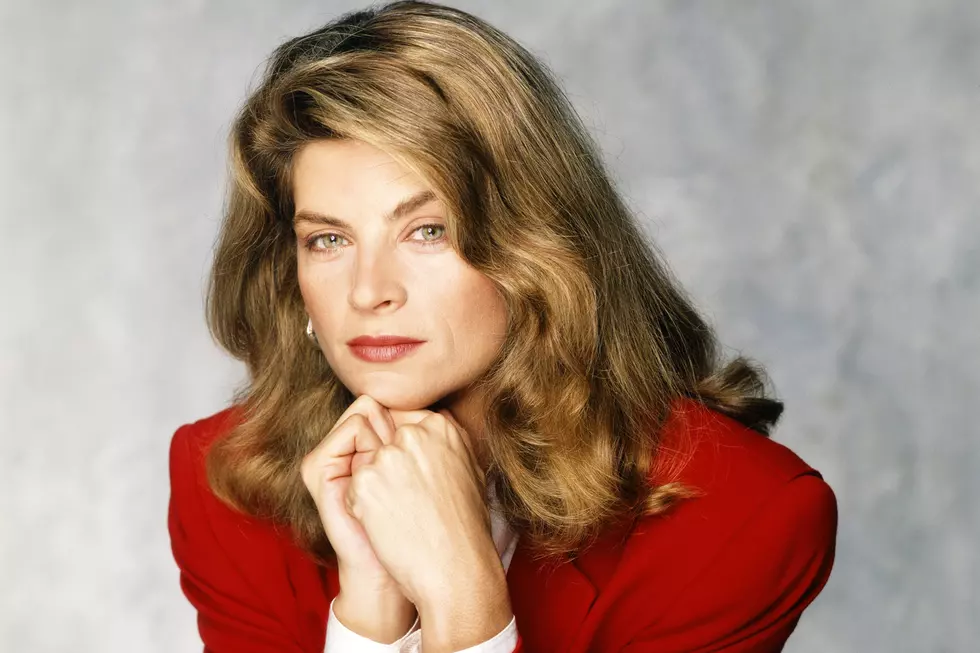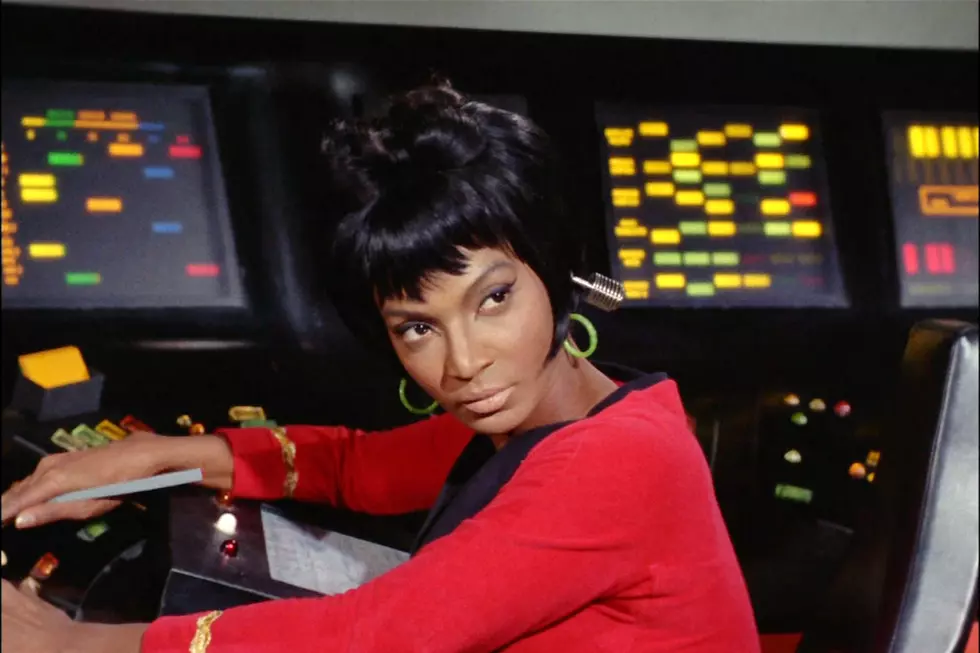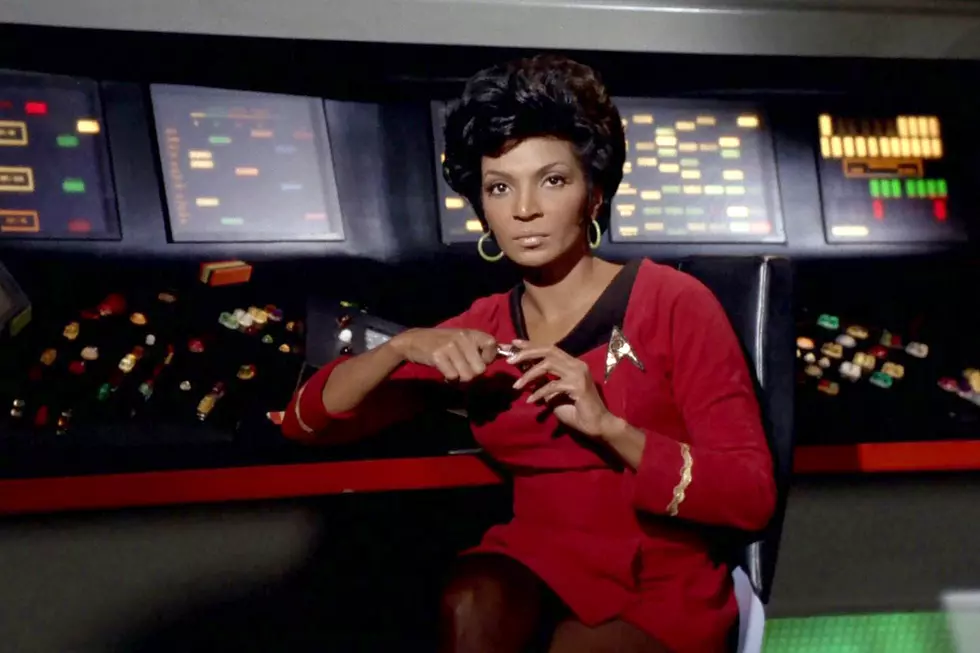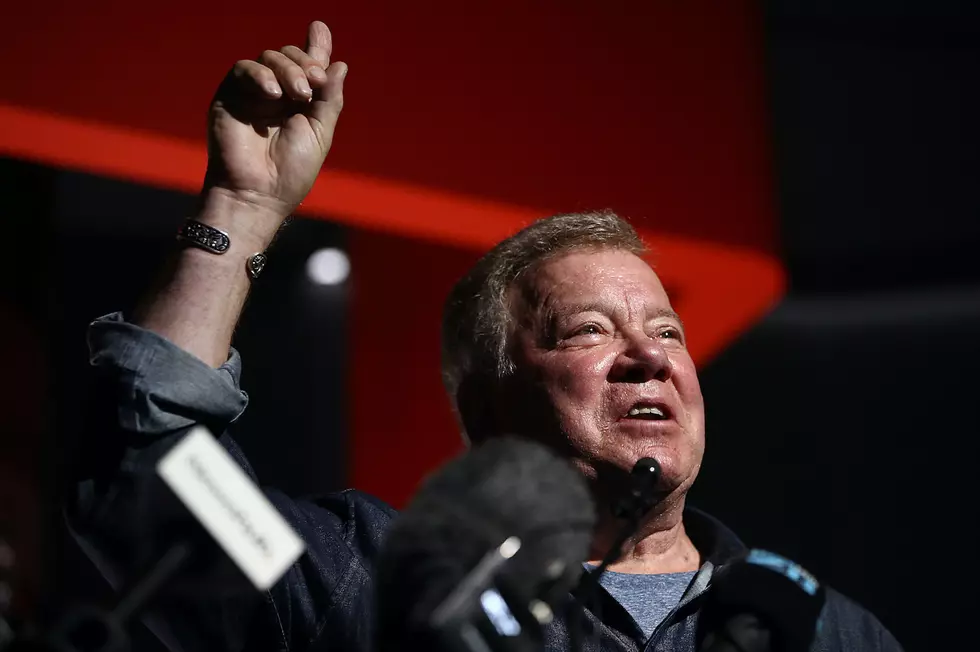
50 Years Ago: Nerds Find a Voice at Star Trek Lives! Convention
And so it came to pass that the nerds did indeed inherit the earth, or at least the cult TV part of it, albeit in a lopsided manner in that their interests and motivations were still frequently misunderstood by the people who financed the shows they loved. That victory, which offers a view of a potentially positive future, was achieved with the help of one particular show that tried to do the same.
Star Trek was still running when the first-ever fan convention took place in 1969. It was a low-key affair at the Newark Public Library in New Jersey, where less than 100 people gathered to share their passion for the science-fiction series set aboard the USS Enterprise in what was eventually confirmed to be the 23rd century. Some are said to have regarded the Star Trek con as a gathering rather than a fully-fledged convention, but it had proved that there was a way forward for those sometimes unflatteringly called “Trekkies” (to match with “groupies”) at general sci-fi events.
When a group of fanzine-editing friends – most of whom had been involved in the letter-writing campaign to save the show from cancellation – decided to stage Star Trek Lives! in January 1972, it was to be a larger endeavor at their own expense, with the initial expectation that around 300 to 600 people would attend. Although the letter-writing had saved the show from being canceled at the end of the second season, there was no saving it after a cut-cost, irregularly scheduled ratings disaster. Since then, its 79-episode run had moved to syndication and was repeated frequently. Which is why around 3,000 fans showed up.
The experience included a fan-built, full-size replica of the Enterprise bridge, an exhibition of fan art, a small collection of real-life space memorabilia lent by NASA, the viewing of several episodes and a previously unseen blooper reel. More important, however, was the presence of Star Trek creator Gene Roddenberry, writer Dorothy D.C. Fontana, actress Majel Barrett (who played the voices of most computers and Nurse Chapel in the original series, and returned later) and sci-fi giant Isaac Asimov. It was also the moment that fans discovered what the “T” in lead character Captain Kirk’s name stood for – Tiberius – killing long-standing rumors that it was “Tomcat” as a nod to the number of love interests he had in the show.
Co-organizer Devra Langsam, a member of the team soon known as the Committee, later wrote about the experience: “I took comfort in the fact that the total Lunacon registration is usually about double the advance registration – and our advance was only 800. Just to be on the safe side, though, we decided to prepare for 2,000.” The host venue, the Statler Hilton Hotel (renamed the Hotel Pennsylvania) in New York City, had mistakenly listed the convention opening at 8AM when it was set to start at 2PM.
“By 10.30, the vestibule was frothing over with people, while the registration files were somewhere vague and indistinct, the head of the art show had not shown, there was no way to open the curtains in the art showroom and the hangings we were to use hadn't been nailed together,” Langsam recalled. “Every time I walked out of the art showroom, I was accosted by dozens of people waving money at me, while my cousin Debbie bobbled hopefully around the back of the mob urging people to go have coffee, have lunch, make a phone call, only go away and come back later.”
With the hordes of Trekkers slowing the process of putting the event together, work was still underway to finalize the art show and film screen when Roddenberry helped by making a “nice improvised” speech. “Debbie introduced him simply as ‘The man who gave us Star Trek,’ and the audience gave him a standing ovation," Langsam said. "After his speech, there was a mass movement to follow Gene out, which we forestalled hastily by appeals of ‘Please don't mob Mr. Roddenberry!’ and assurances that he would be available for autographs later. Fortunately, people sat down again.”
By the second day, they’d run out of welcome packs, such was the attendance level, and Langsam described the signing sessions with Roddenberry and his wife Barrett as “the last great land run on the frontier.” She went on to note that the costume competition had been a great success: “We had 78 costumes, quite a good number, including a beautiful, nasty Klingon, two Rigellian bloodworms, a Tribble and some purple ambassadors. Someone asked me what my costume was (a black hot-pants evening gown), and I said, ‘I’m a Committee member; I'm insane,’ and then went hopping down the aisle on one foot.”
Among the attendees were two young men who’d later become part of the Trek franchise: Howard Weinstein, author of several canon novels and comic books, and Robert Greenberger, also an author of Trek books and editor of the official DC Comics publication. “I think the con was on the hotel’s 18th floor, and Star Trek fans filled every square inch up there,” Weinstein said. “I made one round of the dealers’ room, which was packed like a rush-hour subway train. As for the ballroom where the guests spoke and films were shown, I’m sure I never got a seat through the hours of listening to Gene Roddenberry and Isaac Asimov, and watching the infamous blooper reel (which was hilarious and the first time I’d seen anything like that).”
“The corridors and programming room were jammed with people of all ages, sizes and shapes,” Greenberger added. “We paid our $2.50 and managed to join the throng, and were able to make our way around. The NASA exhibit was kind of cool, but I was there for Star Trek and was far from disappointed. We somehow managed to get seats, and in my mind’s eye, we were far back and stage right, but could make out the speaker. He was talk, stocky and soft-spoken, but I recognized Gene Roddenberry. He talked, answered questions and made us laugh. Then we saw some of the episodes Paramount had kindly sent along.
“It amazed me, like it did everyone else, that there were these many people interested in the television series. … People were friendly, regardless of age or gender, and we could recite favorite lines, crack jokes and share our passion without any consideration of negative reaction. It was festive and the high volume of people was a positive we all embraced.”
The Committee had been surprised by the amount of attention the event received before it opened, including a front-page feature in Variety. By the time the three-day convention closed on Jan. 23, they’d secure much more coverage, including TV news reports. “Now that it's over, it's still kind of hard to believe,” Langsam reflected. “Did we really have more than 3,000 people sign up or come? Were all those strangers really so helpful and understanding? Did they really thank us for letting them help? Did we really get TV coverage? Are we really planning another (to a muted chorus of ‘You must be crazy’) next year?” They did indeed and continued to do so, with audiences increasing every year until 1976. Most of the leading cast took turns on the podium, and William Shatner – Captain Kirk – made his first appearance in 1975; it took him some time to become comfortable with the idea, noting in 2008: “The money they offered me to attend this convention was … Do I dare? Yes, I do! Out of this world!”
The organizers may have wound up with only $93 each for their efforts, but the emotional effect was much greater than money and continues to be felt to this day. By the late ‘80s and into the ’90s, with the series of original-cast Trek movies well established and at least two new series running on TV at the same time (The Next Generation, Deep Space Nine, Voyager and later Enterprise), the franchise lived through its golden era. As the stakes grew ever higher, the conventions became more corporate and expensive events, and the model developed to cater to ravenous Trek fans became the one that conventions for other shows adopted.
When GQ reported on the Star Trek Las Vegas 50th Anniversary Convention in 2016, the reporter noted that "with … just under 550 combined hours of television and film to reckon with, Star Trek, like the curvature of the earth, is a phenomenon almost too big to notice, much less to consider in full. The franchise created the template for fandom, transformed sleepy science fiction get-togethers into celebrity-driven media events, pioneered the licensed merchandising operations … and anticipated – even inspired – the creation of future technologies. Star Trek invented nerd culture as we know it today.” Trek fandom was “dizzyingly diverse, goodwilled, extraordinarily (if inadvertently) influential, equal parts goofy and moving,” but the phenomenon asked the question: “To whom does Star Trek really belong? How much, exactly, is that worth?”
The answer lies out there. Thataway. Maybe even beyond the final frontier.
28 Classic Films That Were Turned Into (Mostly Failed) TV Shows
More From Idaho’s Talk Station










